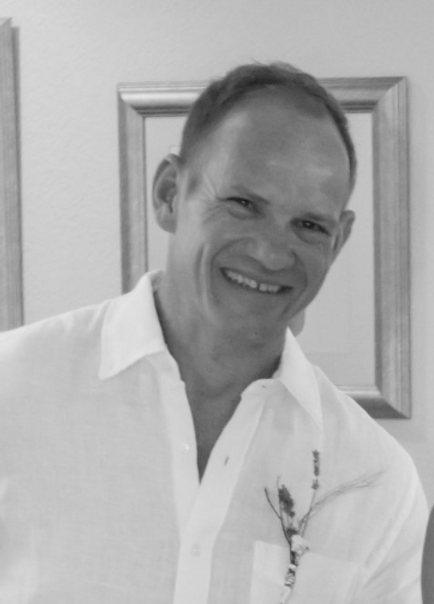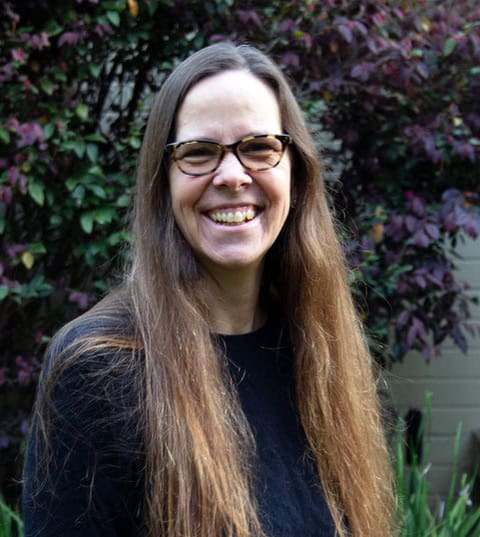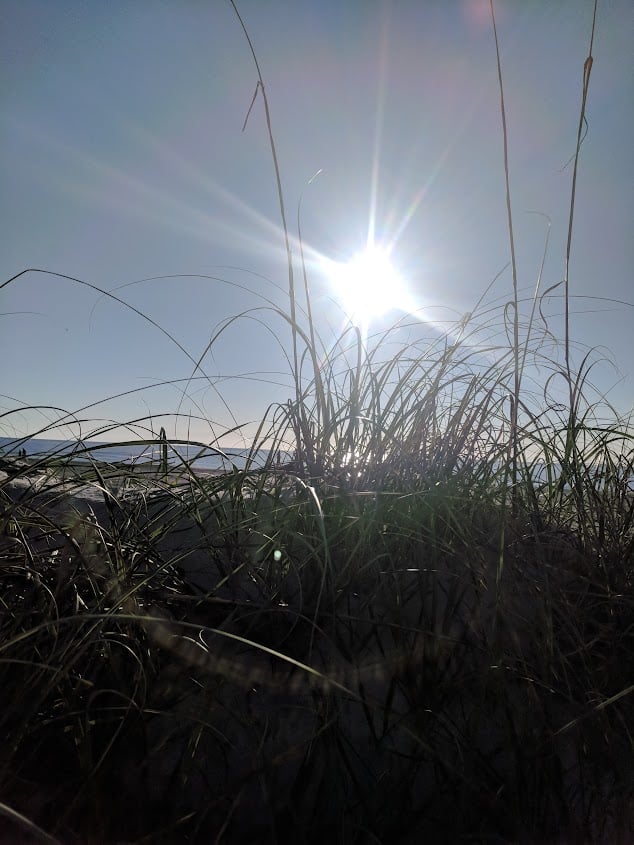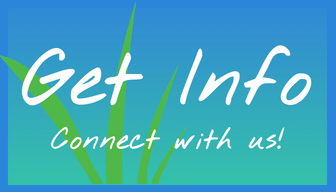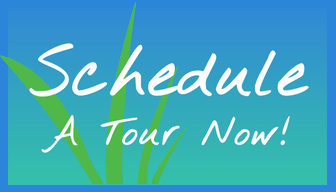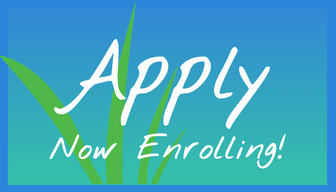It is the individual LMT’s responsibility to ensure that any classes taken meet their renewal requirements

- This event has passed.
Ortho-Bionomy Isometrics
August 20, 2022 - August 21, 2022
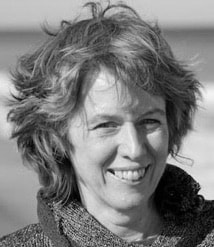
Instructor: Luann Overmyer, LMT MA41092
Time:
Workshop Price:
Location: Florida School of Massage
CE Hours:
More information coming soon. Visit www.LuannOvermyer.com for additional details.
Workshop Description:
Often structural imbalances and pain are the result of unequal stresses of the musculature around the joints of the body. Through the use of Ortho-Bionomy isometric and isotonic techniques we can facilitate the relaxation of hypertonic (tense) muscles while encouraging the toning of those with less tone (hypotonic). By enlisting the active participation of the client we can assist the self correction of postural imbalances and chronic pain patterns, and gently create significant and long-lasting change.
Muscles work in pairs and have opposing functions. In other words, when you contract (shorten) a muscle on one side of a joint, its paired muscle on the opposite side of the joint relaxes or lengthens. Muscles have an optimum resting length that allows for even movement capacity on both sides of the joint. Isometric and isotonic exercises are useful where range of movement has been limited from injury, use patterns, or fear of pain. Using isometric resistance to inhibit movement while the nervous system is cueing the muscle(s) to attempt movement, reminds the body of its potential capacity and can interrupt holding patterns.
“Iso” means same. Isometric means same length. In an isometric exercise, resistance is applied while movement is attempted. The resistance keeps the muscle the same length while the nervous system attempts to cue the muscle to lengthen. An isometric exercise can release an over-shortened muscle or help to reset the cueing mechanism thereby interrupting patterns of holding and tension.
Isotonic means same tone. In an isotonic exercise, resistance permits slow even movement allowing the muscle to work through its range of motion while maintaining a steady tone. An isotonic exercise can tone and strengthen a muscle through its range of motion.
Application of isometrics / isotonics — when and why
Strengthening
Cueing increased proprioception
Initiating movement along the range
Engaging more of the range of motion
Toning the muscle or muscle group along a range of motion
Balancing opposite (agonist/antagonist) muscles/muscle groups
Letting the client help/be active/ do (with contact and support)
Feeling the edges / boundaries
When soft/energetic work feels frustrating or ineffective for client.
Giving a clear sense of physical potential
Invigoration
Connecting with emotions — gives sense of empowerment to client.
Aids in acknowledging stuck or pent up energy.
Avenue for expressing movement.
Re-educating (after stroke, flaccid muscles, sluggish)
Adds variety to technique: combine with Phase 4 positioning and exploration of movement.
Good for physically oriented clients who want to sense and feel.
Good re-education for clients who are not very physical — done with lightness –can be very playful and expansive.
Good for integrating less concrete work.
Good for general release.
Good for deep / unconscious holding.
About the Instructor:
My interest in Self Care began in response to my own injuries following a motorcycle accident. Undergraduate studies in Pre-Med and a BA degree in psychology from UCLA in 1970 drew me to modalities that not only could effectively relieve pain but also would respect individual differences and address the mind / body connection. I have trained practitioners and instructors in Ortho-Bionomy throughout the U.S. and Australia, and taught seminars in New Zealand, Japan, Canada, Germany, Brazil and Argentina. I have worked with thousands of people in pain in my Ortho-Bionomy private practice and have developed release techniques for carpal tunnel syndrome and neuritis conditions of the arm and shoulder. My Self Care Seminars demonstrate the empowering results and effectiveness of educating individuals to attune to comfort and to apply the principles and techniques of Ortho-Bionomy for pain relief. I teach twenty to thirty seminars a year, write articles for newsletters in the United States, Australia and New Zealand. For the past 30 years up until the pandemic I taught yearly in Australia as well as in various cities in the United States.
Experience:
Currently teaching Ortho-Bionomy online and in person courses. Recently I have been offering Ortho-Bionomy courses in Nashville, TN at the Mind Body Institute in 2021 and 2022 and in San Francisco at the San Francisco School of in September 2021, as well as in Deerfield Beach through the Therapeutic Alternative in Boca Raton, F.
Currently I am licensed and practicing Ortho-Bionomy as a massage therapist in Florida
2009: My book, Ortho-Bionomy, A Path to Self Care published by North Atlantic Press
1978 -2004: Private practice in Albany, California.
2000 – present: Nationally certified with the National Certification Board for Therapeutic Massage and Bodywork as a Continuing Education Provider.
1994 to present: Nationally certified with the National Certification Board for Therapeutic Massage and Bodywork NCBTMB.
1994- 1997: Vice President, Society of Ortho-Bionomy, International
1998 -1999: Board member of the Teleosis Foundation, supporting the practice of homeopathy and other ecological and sustainable forms of medicine.
1990-1997: Co-director of Bay Area Ortho-Bionomy sponsoring six-week trainings in Ortho-Bionomy twice a year.
1983 to present: Serve on various committees; Practitioner Evaluation, Instructor Review, Publicity, and Curriculum developing curriculum standards for practitioners and training programs for instructors by apprenticeship, supervision, and seminars.

